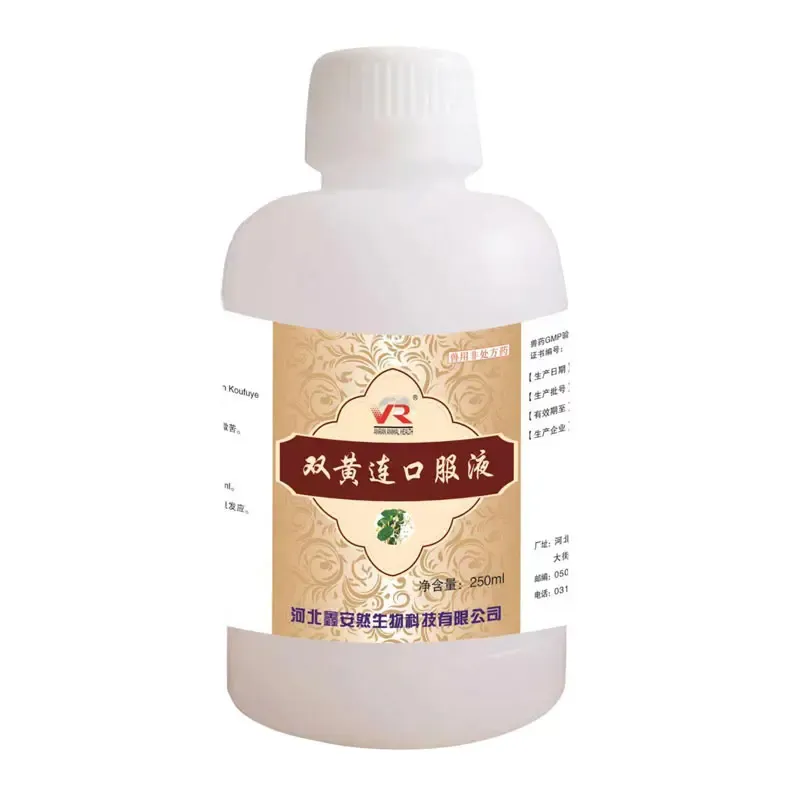- Afrikaans
- Albanian
- Amharic
- Arabic
- Armenian
- Azerbaijani
- Basque
- Belarusian
- Bengali
- Bosnian
- Bulgarian
- Catalan
- Cebuano
- Corsican
- Croatian
- Czech
- Danish
- Dutch
- English
- Esperanto
- Estonian
- Finnish
- French
- Frisian
- Galician
- Georgian
- German
- Greek
- Gujarati
- Haitian Creole
- hausa
- hawaiian
- Hebrew
- Hindi
- Miao
- Hungarian
- Icelandic
- igbo
- Indonesian
- irish
- Italian
- Japanese
- Javanese
- Kannada
- kazakh
- Khmer
- Rwandese
- Korean
- Kurdish
- Kyrgyz
- Lao
- Latin
- Latvian
- Lithuanian
- Luxembourgish
- Macedonian
- Malgashi
- Malay
- Malayalam
- Maltese
- Maori
- Marathi
- Mongolian
- Myanmar
- Nepali
- Norwegian
- Norwegian
- Occitan
- Pashto
- Persian
- Polish
- Portuguese
- Punjabi
- Romanian
- Russian
- Samoan
- Scottish Gaelic
- Serbian
- Sesotho
- Shona
- Sindhi
- Sinhala
- Slovak
- Slovenian
- Somali
- Spanish
- Sundanese
- Swahili
- Swedish
- Tagalog
- Tajik
- Tamil
- Tatar
- Telugu
- Thai
- Turkish
- Turkmen
- Ukrainian
- Urdu
- Uighur
- Uzbek
- Vietnamese
- Welsh
- Bantu
- Yiddish
- Yoruba
- Zulu
7 月 . 30, 2024 05:05 Back to list
Exploring the Benefits and Applications of Tylosin 200 in Veterinary Medicine and Agriculture
Understanding Tylosin A Comprehensive Overview
Tylosin is a macrolide antibiotic that belongs to the family of compounds known as polyketides. It was first discovered in the late 1950s and is derived from the fermentation of a species of actinobacteria, specifically *Streptomyces fradiae*. Tylosin is primarily used in veterinary medicine, where it plays a crucial role in treating various bacterial infections in livestock, poultry, and aquaculture. Due to its effectiveness, it is available in various formulations including injectable, oral powder, and premix forms, making it accessible for diverse applications.
Understanding Tylosin A Comprehensive Overview
Tylosin's mode of action is based on inhibiting bacterial protein synthesis. It binds to the 50S ribosomal subunit of the bacteria, interfering with the translation process, ultimately leading to the inhibition of bacterial growth. This action underscores why tylosin is effective against a variety of Gram-positive pathogens, including *Streptococcus* and *Staphylococcus* species.
tylosin 200

Despite its efficacy, the use of tylosin has raised concerns related to antibiotic resistance. The emergence of resistance genes is a significant challenge in both veterinary and human medicine. The selective pressure exerted by the widespread use of antibiotics in livestock can lead to the development of resistant bacterial strains, which may subsequently affect human health. Regulatory agencies around the world are monitoring and establishing guidelines to mitigate this risk, advocating for responsible use practices in animal husbandry.
Another important aspect of tylosin use is its role in growth promotion in livestock. While tylosin can enhance feed efficiency and weight gain in animals, this practice has also come under scrutiny. Many countries have phased out the use of antibiotics for growth promotion due to concerns surrounding antibiotic resistance. As a result, the focus has shifted towards implementing management practices that improve animal health and welfare without relying solely on antimicrobial interventions.
In addition to its antibacterial properties, it is noteworthy that tylosin has been researched for its potential anti-inflammatory and immunomodulatory effects. Some studies suggest that it may play a role in reducing inflammation in conditions such as colitis in pigs, thereby improving overall gut health and animal welfare.
In synthesis, tylosin remains a critical antibiotic in the field of veterinary medicine, notably for its effectiveness against a range of bacterial pathogens in livestock and poultry. However, the challenges posed by antibiotic resistance necessitate a balanced approach to its use, emphasizing the importance of responsible management practices. Ongoing research into alternative therapies and improved guidelines for antibiotic application in agriculture is essential to maintain the efficacy of tylosin and similar agents while safeguarding public health. As stakeholders in animal health, from veterinarians to farmers, adopt more sustainable practices, the future of tylosin and other antibiotics will depend heavily on responsible usage and a commitment to reducing resistance.
-
The Power of Radix Isatidis Extract for Your Health and Wellness
NewsOct.29,2024
-
Neomycin Sulfate Soluble Powder: A Versatile Solution for Pet Health
NewsOct.29,2024
-
Lincomycin Hydrochloride Soluble Powder – The Essential Solution
NewsOct.29,2024
-
Garamycin Gentamicin Sulfate for Effective Infection Control
NewsOct.29,2024
-
Doxycycline Hyclate Soluble Powder: Your Antibiotic Needs
NewsOct.29,2024
-
Tilmicosin Premix: The Ultimate Solution for Poultry Health
NewsOct.29,2024













